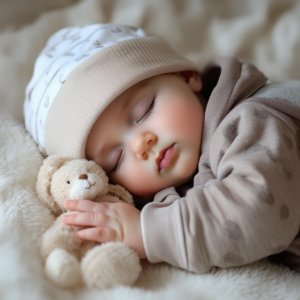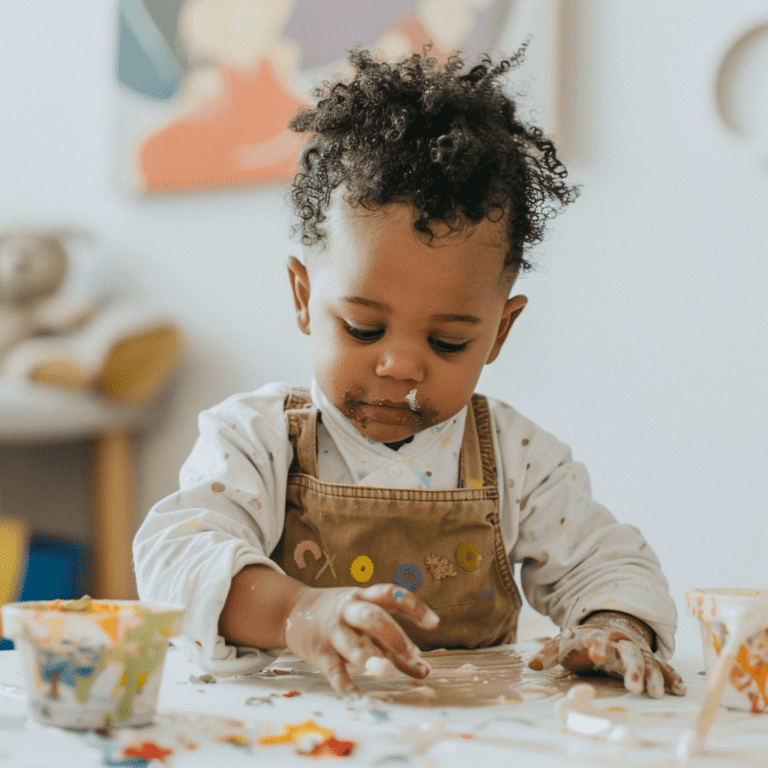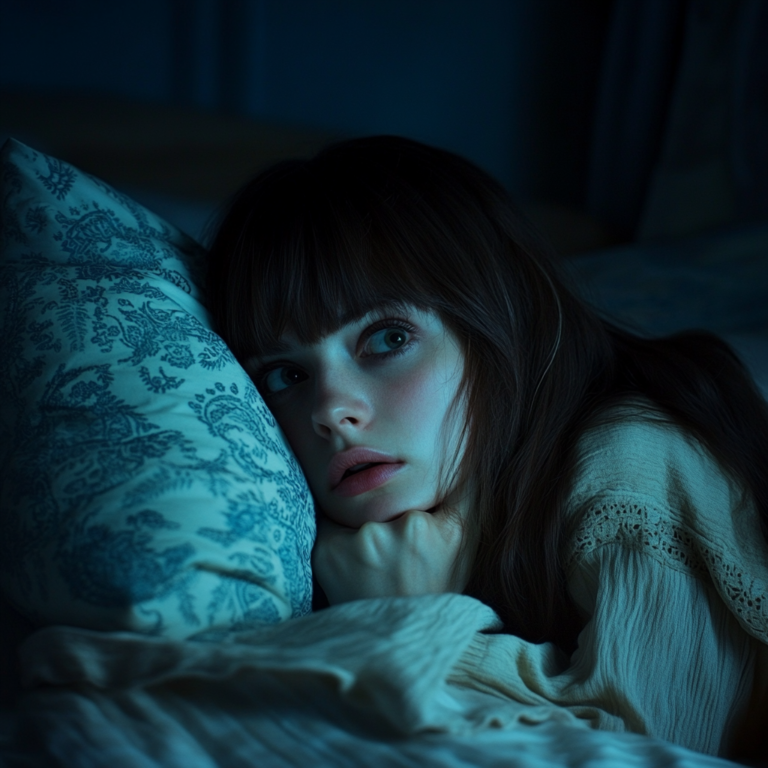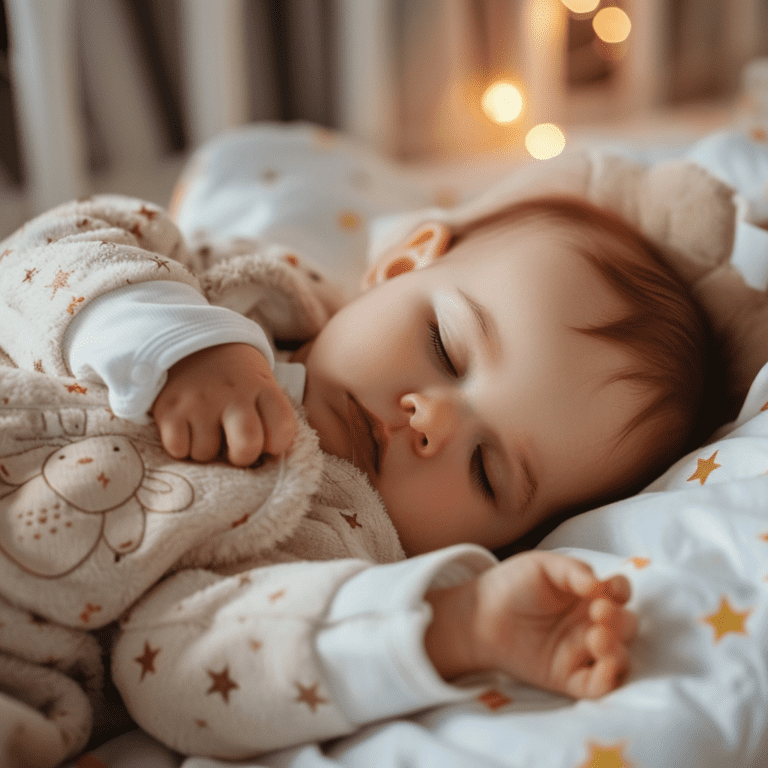
Baby Sleepwear is being a parent for the first time will make you worry about everything, even what your baby wears to bed. Picking out the cutest pair of footie pajamas from their closet isn’t enough. If your child wants to stay warm all night, their clothes should help them. Making an unsafe choice could also raise the chance of suffocation or strangulation.
Do you need help with what to dress your baby in for bed? We know what you need to know from experts, whether it’s summer, winter, or somewhere in between. Oh, to sleep through the night!
Dressing Your Baby for Bed
Baby Sleepwear should ensure your baby stays at the right temperature while they sleep. People can get too hot, and babies are especially at risk because it has been linked to SIDS. It can also be dangerous and uncomfortable when it’s too cold.
It would help if you didn’t always base your decision on how you feel in the nursery or bedroom. For babies, you should always put on one more layer so that you would feel fine in the same situation.
Nicole Cannon, owner of Sleepy Mama Sleep Consulting and a qualified member of the Association of Professional Sleep Consultants, says, “Your baby should be in one more layer than you sleep in.”
“One or two fitted layers work well most of the time,” says pediatrician Lisa Ehl Lewis, MD, of Fort Worth, Texas. “Babies will often sleep in a onesie that fits them well and sleep pants.” “Add another layer if your house is cold,“ she says. If you’re wrapping, this extra layer can be used as a receiving blanket. If the room is cold, it can be worn as a sleep sack.
Do you want to know how to set the thermostat when discussing temperature? “Sleep experts all agree that it should be between 68 and 72 degrees,“ says Cannon.
Getting your baby ready for bed on warm nights
For warm nights, choose light and airy sleep clothes for your baby. A cotton swimsuit is a good choice. You can also wrap babies in cotton or muslin.
“When it’s warm outside, I typically do long cotton pajamas and a 1.0 TOG sleep sack or 0.5 if it’s hot,” adds Cannon. A cloth or garment’s tone shows the “thermal overall grade” (TOG). It is warmer if the TOG number is higher.
Even though it’s warm, you should also avoid wearing too loose clothes. This can make SIDS more likely because your baby’s nose and mouth could get covered by their clothes, making it hard for them to breathe.
How to Dress Your Baby for Bed on Cold Nights
Baby Sleepwear can keep your baby warm in the winter with a sleep sack or a blanket that they can wear. The American Academy of Pediatrics (AAP) says that keeping open blankets in the crib with your baby can increase the risk of SIDS. Also, avoid other soft, loose things like pillows, blankets, mattress toppers, stuffed animals, and sheets that don’t fit snugly.
According to Cannon, you should wear long pants with a onesie underneath. If the room is cold, you can put the onesie on top of a heavier sleep sack. “If it’s freezing, I will bump the sleep sack weight to 2.5 TOG,” Cannon adds.
We tested our babies and toddlers to find the best sleep sacks.
If it’s freezing, you could add fleece pants, but Cannon usually suggests a heavier sleep sack. Just make sure your baby doesn’t get too hot. “It’s healthier for a child not to be overheated, so rather than many layers, I opt for a warmer sleep sack so that there’s still some breathability in their pajamas,” explains her.
To keep kids safe, parents should also tell them not to wear clothes with hats or hoods. “No clothing should cover a baby’s face as this can cause suffocation,” adds Dr. Lewis.
Finding Out If Your Baby Is Comfortable
Dr. Lewis says baby sleepwear shouldn’t get too hot or too cold. She suggests looking for heat on their faces and checking their body temperature. Add another layer if they feel too cold, and remove a layer if they get too hot. “Just a onesie will do for sleep.” if comfortable.”
The Cannon’s feeling of their hands and feet differs from the right way to check their temperature. “It’s normal for infant hands and feet to be cold,” says the doctor. Instead, you should check the back of a child’s neck or trunk. A fantastic chest or neck in a baby is a good sign that their temperature is suitable. It should never be too hot or heavy to sweat.
The AAP, or American Academy of Pediatrics, and some groups, including the CDC, say that these are signs that your child may be too hot:
- Feeling hot
- Feeling sweaty
- Extra fast breathing
- Fussiness
- Red skin
- Cheek flushes
- feeling tired or slow
- A fast heartbeat
If you want to learn my #1 Gerber Baby Boys 4 Pack Sleep ‘N Play Footie, Click Here Now.









Leave a Comment